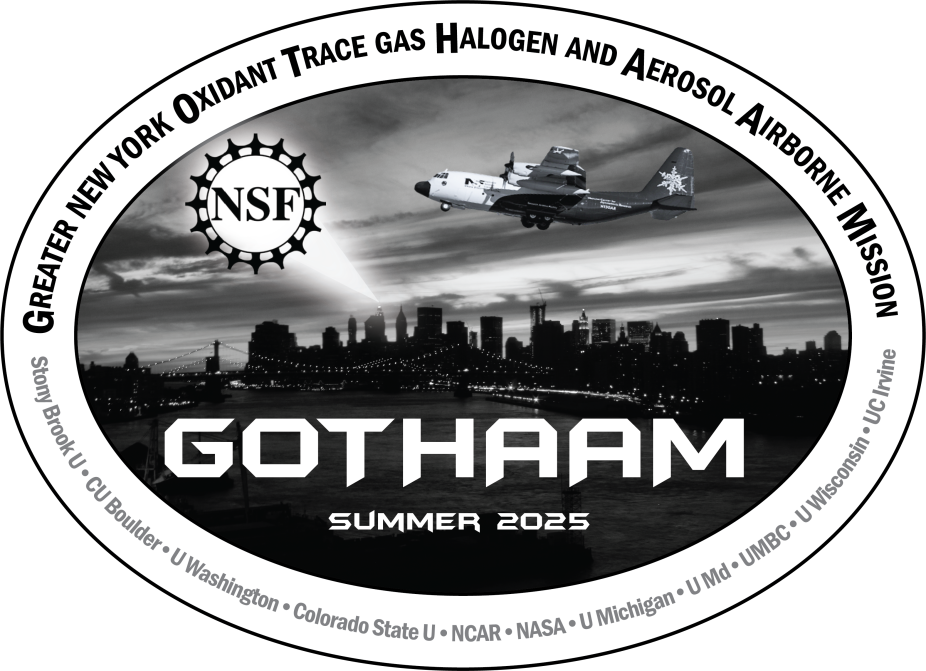GOTHAAM
Check back soon for videos and educational resources about GOTHAAM provided by EdEC!
The Greater New York Oxidant Trace Gas Halogen and Aerosol Airborne Mission (GOTHAAM) project studies urban smog in the New York City region using a flying laboratory. Scientists will use the data to better understand where smog comes from - and how to reduce it.

Home to over 23 million people, the greater New York City area is a massive urban area surrounded by coastal waters and forests. These three environments all send gases and particles into the air, resulting in a complex chemical "soup" that can be harmful to humans and animals to breath. This includes the release of volatile organic compounds (VOCs)--gases, many of which are toxic. The chemical reactions that gases such as VOCs and particles undergo are influenced by sunlight and contribute to the formation of smog. Additionally, gases and particles interact during the night and can determine the amount of air pollution experienced by NYC residents in the next day.
Science Objectives
- Quantify the relative contributions of volatile organic compound (VOC) sources–such as forests, coastal waters, car emissions–and how each source contributes to chemical reactivity in NYC’s atmosphere.
- Quantify the contribution of several types of VOCs to the creation of secondary organic aerosol (SOA)--a major component of fine particulate matter.
- Quantify the relative importance of oxidation processes–the way that gas and particles react and change–in the atmosphere and how these processes vary between night and day.
- Understand how nighttime chemical processes influence the initial atmospheric chemistry of the following day.